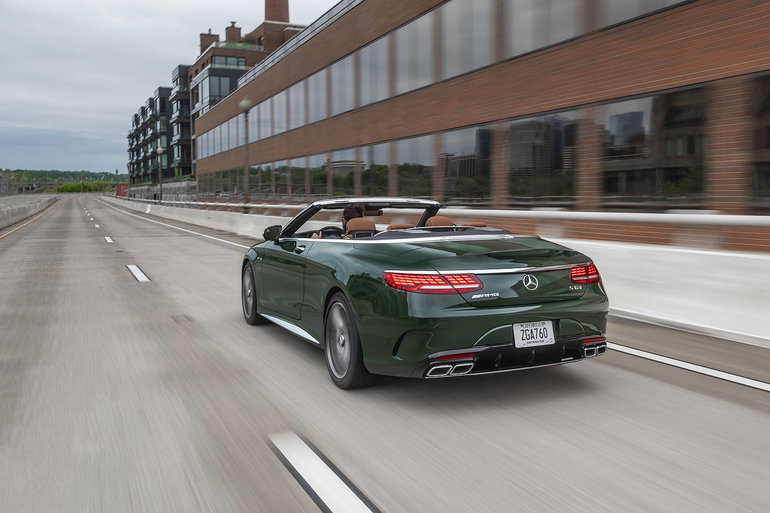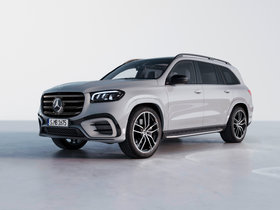The secrets of Mercedes-Benz’s DISTRONIC function
September 25 2020,

The DISTRONIC system first appeared in a Mercedes-Benz product just over 20 years ago. It offered a technology that is common today: adaptive cruise control, which makes it possible to maintain a safe distance from the vehicle in front of us.
The use of radar has become more sophisticated over the years, so that the adaptive functions have become more refined. They have also given rise to other safety features that are now part of the DISTRONIC family. Here are just a few of them.
1 - DISTRONIC PLUS
If the intelligent cruise control is able to make a stop if traffic is stopped ahead, vehicles equipped with the DISTRONIC PLUS version are able to restart under such circumstances thanks to the Active Distance Assist function. In fact, they can take care of driving for you in the middle of a traffic jam.
2 - Active Speed Limit Assist
This function is directly linked to the work of the vehicle's camera. Specifically, the camera is able to recognize speed limit signs and check them with the data from the navigation system. If everything matches, your vehicle will adapt its speed to the prescribed one. This can be very interesting if you're driving in unfamiliar territory and don't want to end up with a speeding ticket.
3 - A cruise control system adapted to our roads
One of the most impressive functions of the DISTRONIC system is the one that allows the vehicle, thanks to the data from the navigation system, to slow down automatically as it approaches a bend, a toll booth, an exit, etc. In fact, the system records your track and the cruise control reacts accordingly to the road ahead. Of course, the driver needs to be alert and vigilant, but he or she receives valuable and safe assistance with this function.
4 - Active Lane Keeping Assist
Thanks to the radar and camera located at the front of the vehicle, the DISTRONIC system is able to identify road markings to help you stay in the center of your lane. If you swerve, a vibration is felt in the steering wheel. If there is no response, the system will gently return the car to the center of its lane.
5 - Pedestrian Detection
Finally, at low speed, the system can detect the presence of pedestrians or cyclists. If a collision seems imminent, the brakes will be applied automatically to avoid an impact. If the driver reacts, the car will then go into assist mode (steering, braking) to accentuate any manoeuvre undertaken, in order to maximize changes from a stop or faster avoidance. When reversing, cross-traffic is also recognized, and the brakes also automatically engage if the driver does not react.





